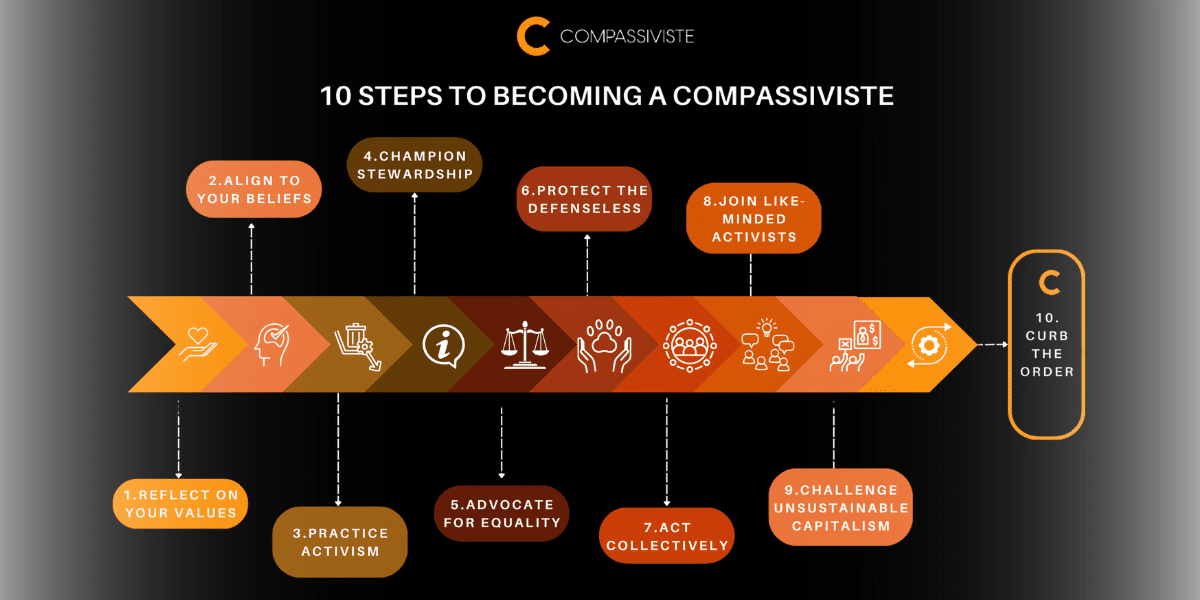Image commercially licensed from Unsplash
California, the Golden State, is not just known for its picturesque landscapes and Hollywood glamor; it also stands as a trailblazer in addressing societal issues. Keep reading to explore how California is leading the way in areas that touch our lives daily, from sustainability to protecting children and tackling addiction recovery. Delve into these topics and see how the state’s innovative approaches are setting an example for the nation.
Sustainability – A Green Revolution
California has long been at the forefront of environmental conservation and sustainability efforts. The state’s commitment to preserving its natural beauty while reducing its carbon footprint has inspired the world. California’s extensive network of national parks and protected areas, such as Yosemite and Joshua Tree, demonstrates its dedication to safeguarding the environment. One significant initiative that stands out is California’s ambitious goal of achieving 100% clean energy by 2045. The state is investing heavily in renewable energy sources like solar and wind power. As a result, Californians are increasingly switching to electric vehicles, reducing greenhouse gas emissions and leading the charge in sustainable transportation.
Moreover, California’s sustainable farming practices are setting the standard for responsible agriculture. Practices such as organic farming and water conservation techniques ensure that the state’s agricultural output is both abundant and eco-friendly. By championing these methods, California sets an example for other regions to follow in the quest for a greener future.
Protecting Children – A Digital Age Dilemma
In today’s digital age, protecting kids online has become paramount. California recognizes this concern and is taking proactive steps to ensure the safety of its youngest citizens. The state has implemented strict regulations on data privacy, particularly focusing on children’s online activities. California’s groundbreaking “Online Privacy Protection Act” enforces transparency and consent requirements for websites and apps that collect personal information from users, including children. This legislation helps parents maintain control over their children’s online experiences while fostering trust in digital platforms.
Additionally, California’s “Children’s Online Privacy Protection Act” (COPPA) sets stringent guidelines for websites and online services directed towards children under 13. These regulations restrict data collection and require parental consent, reinforcing the state’s commitment to safeguarding young internet users. As a parent or guardian, it’s reassuring to know that California is committed to protecting kids online, ensuring their online interactions are secure and age-appropriate.
Homelessness – Addressing a Complex Challenge
Homelessness is a pervasive issue in many urban areas across the United States. California, with its temperate climate and bustling cities, faces this challenge head-on and has implemented a multifaceted approach to combat homelessness.
The state invests heavily in affordable housing projects, focusing on providing shelter to those in need. Organizations like “Homeless Housing Assistance and Prevention Program” (HHAPP) work tirelessly to find stable housing for homeless individuals and families. Furthermore, California’s innovative “Project Roomkey” initiative converts underutilized hotels and motels into temporary shelters for homeless people, offering them a safe place to stay. To address the underlying causes of homelessness, California provides comprehensive support services, including mental health care, addiction treatment, and job training. These efforts aim to break the cycle of homelessness and empower individuals to regain their independence.
California’s commitment to addressing homelessness is a testament to its dedication to social welfare and the well-being of its citizens. While challenges remain, the state’s proactive approach is a shining example for the nation.
Addiction Recovery – A Path to Rehabilitation
California’s commitment to addiction recovery is a beacon of hope for individuals and families grappling with substance abuse issues. The state recognizes the pressing need to address addiction as a public health concern and has taken significant steps to provide accessible and effective recovery services. Whether you opt for a rehab in Santa Monica, Los Angeles, or one of the many drug rehab centers in Orange County, California offers a wide range of treatment options. The state’s approach to addiction recovery is holistic, focusing on both physical and mental well-being.
California’s extensive network of treatment centers incorporates evidence-based therapies and counseling to help individuals overcome addiction. These centers provide a supportive environment for detoxification and rehabilitation, empowering individuals to reclaim their lives from the clutches of substance abuse.
Furthermore, California has implemented harm reduction programs that provide clean syringes, naloxone distribution, and overdose prevention education to combat the opioid crisis. These initiatives save lives and offer hope to those caught in the cycle of addiction. The state’s commitment to addiction recovery extends beyond treatment facilities. California emphasizes the importance of community support and peer counseling, creating a network of individuals who understand the challenges of recovery firsthand.
As we reflect on California’s achievements, we are reminded that progress is possible, even in the face of complex challenges. The Golden State serves as an inspiring example, reminding us that collective efforts and innovative solutions can create a better, more sustainable, and compassionate future for all.
Published by: Aly Cinco












